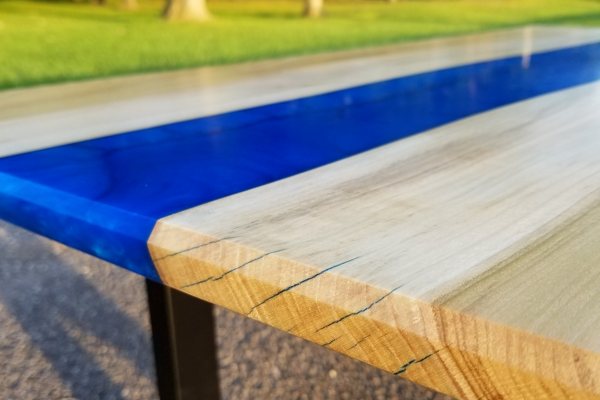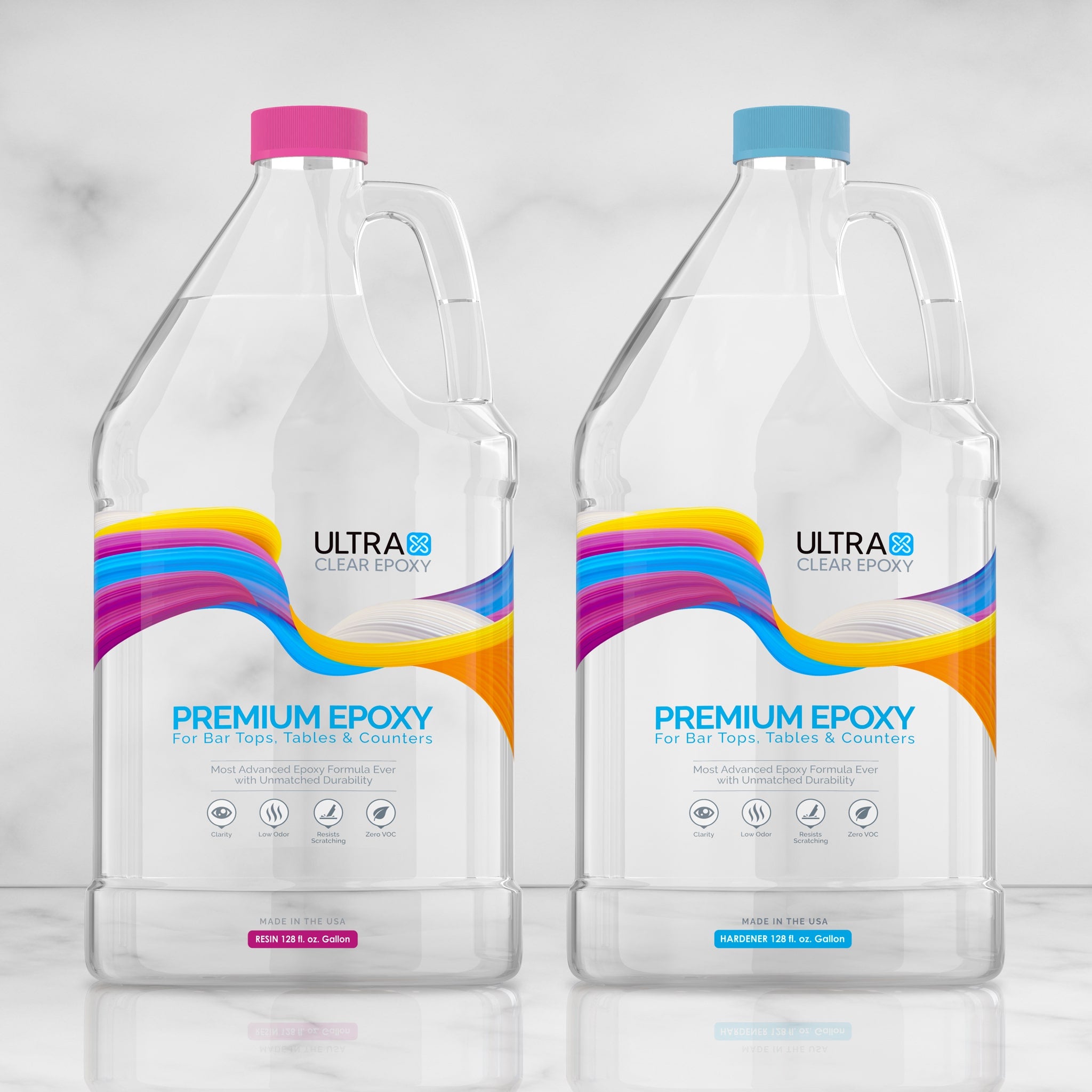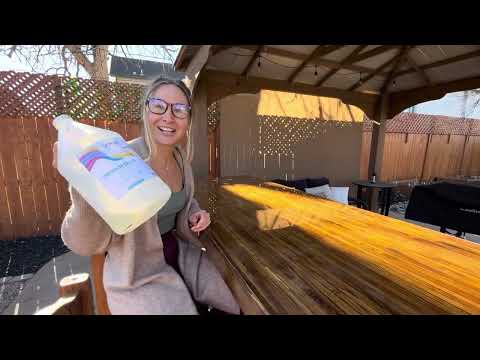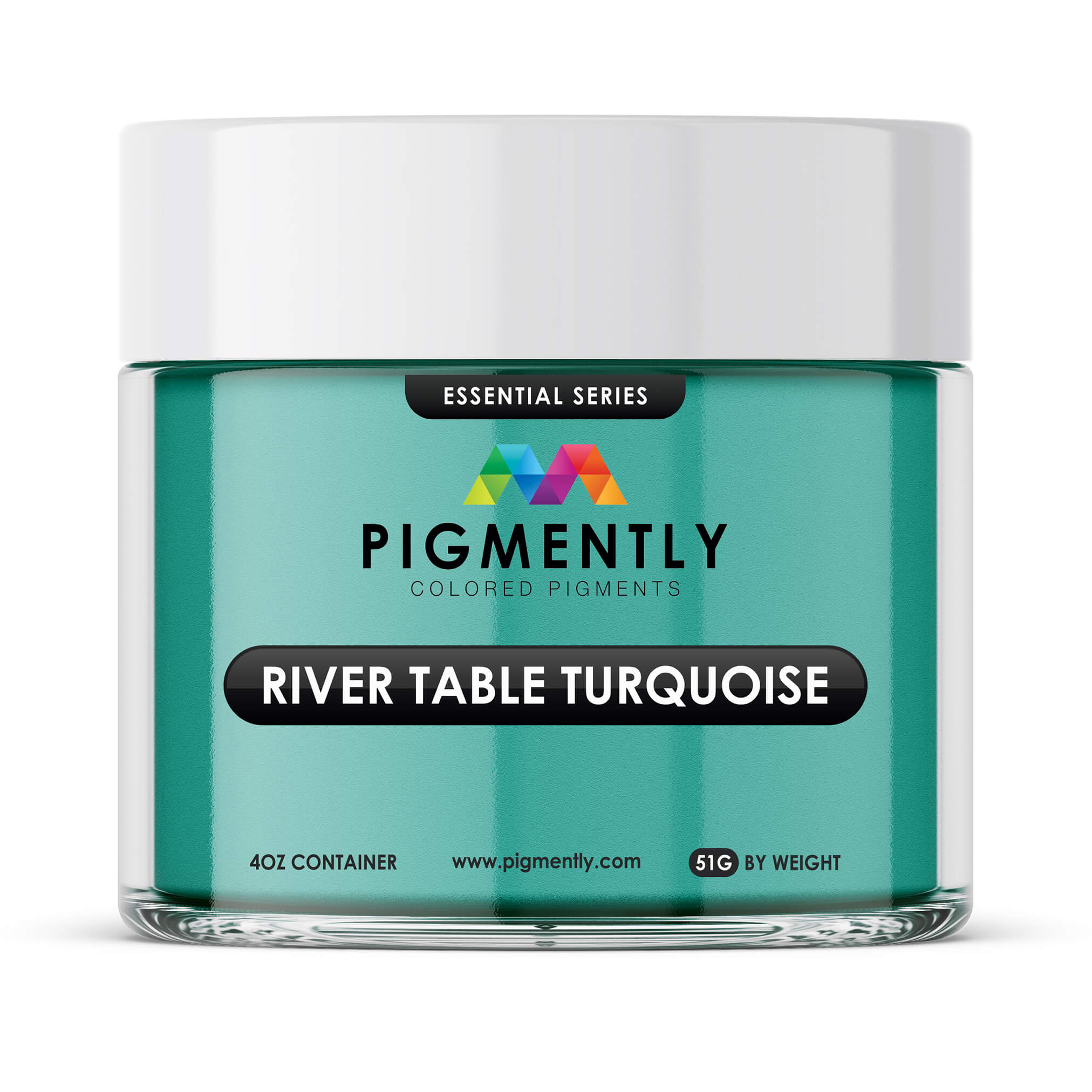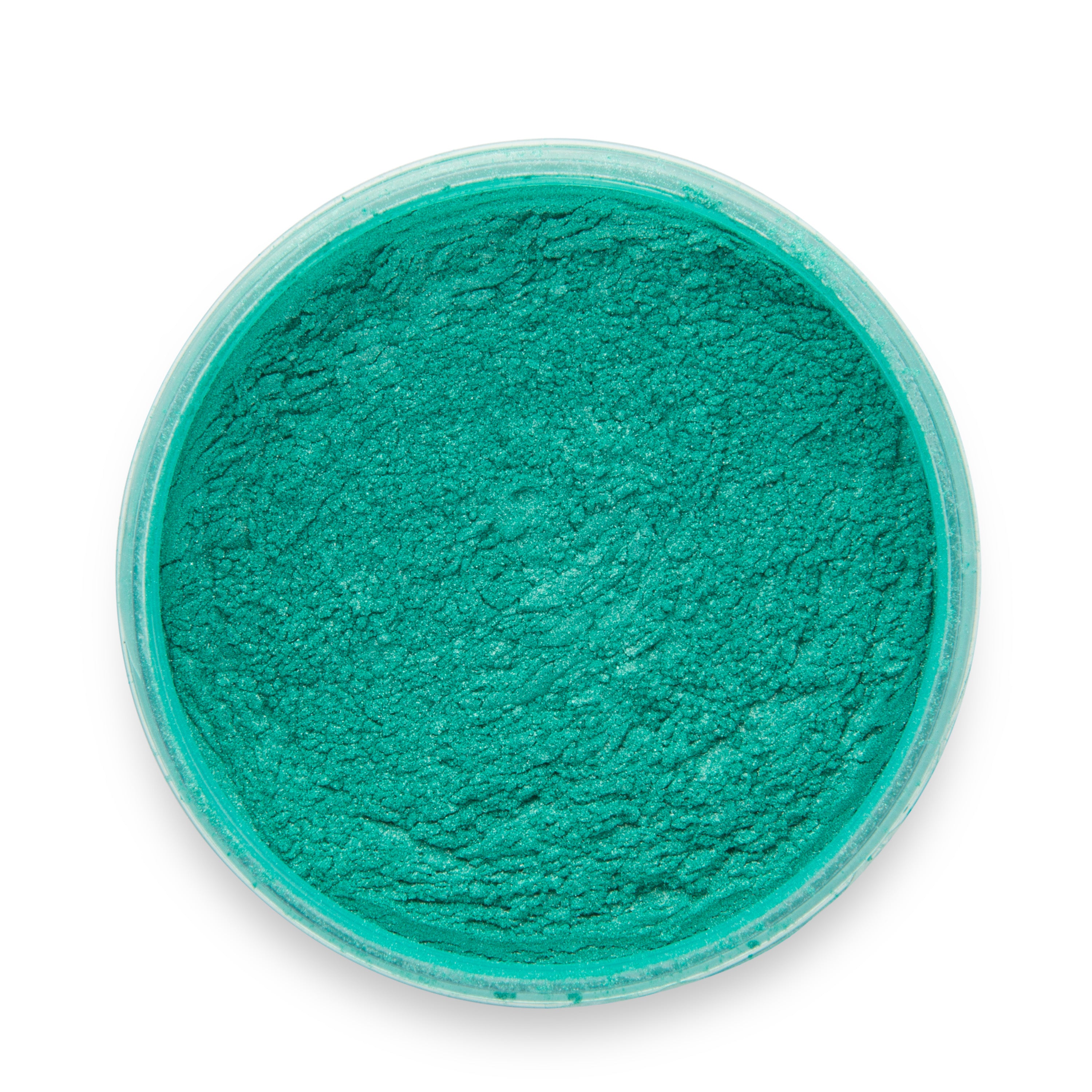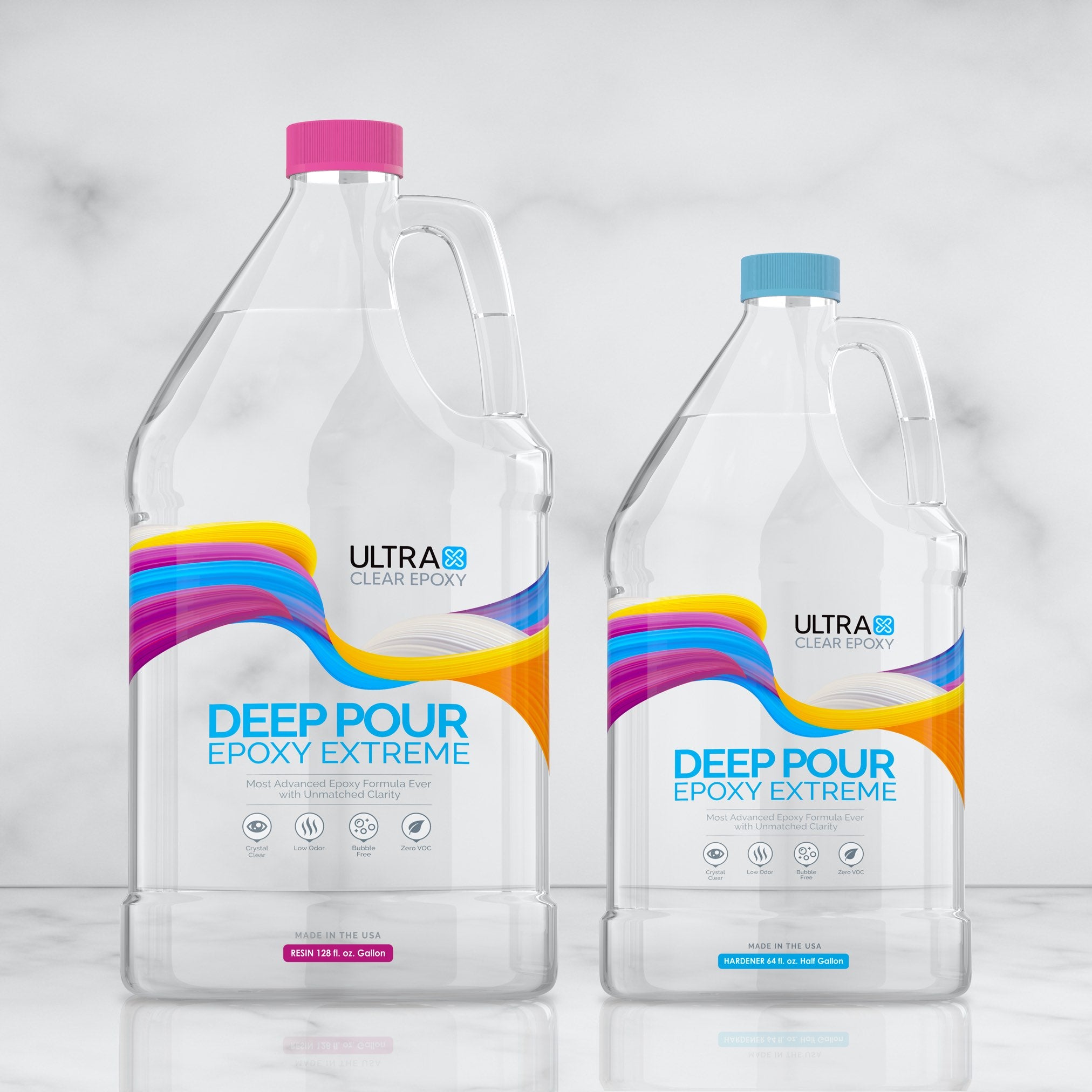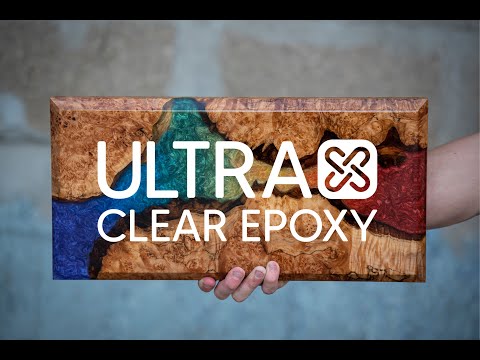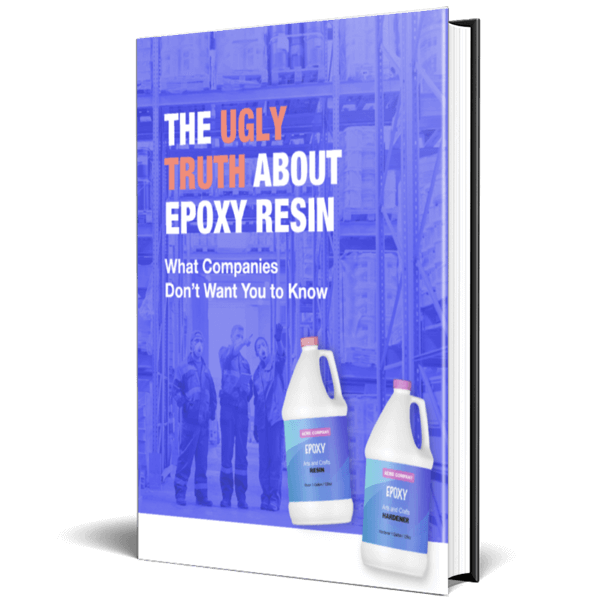Though working with epoxy is often viewed as an easy skill to develop for beginners, even seasoned crafters encounter occasional challenges. From bubbles to cracks and sticky surfaces, these issues can disrupt your projects and lead to frustration. However, with the right knowledge and techniques, most epoxy resin problems can be avoided or corrected.
In this article, we’ll explore common issues that arise when working with epoxy resin and provide handy solutions to help you achieve superb results.
Common Epoxy Resin Problems and Their Solutions
Problem #1: Bubbles in Epoxy Resin
Bubbles are one of the most frequent challenges in resin projects. They typically form due to trapped air, often via improper mixing or by introducing porous materials into the resin. Fortunately, there are several reparative and preventative solutions to the air bubble problem.
Solutions to This Issue:
-
Warm the Resin: Making sure your epoxy isn't too cold when you're ready to use it can enable it to flow better and reduce the likelihood of trapped air. We recommend bringing the resin and hardener to room temperature (or slightly warmer) before mixing.
-
Mix Gently: Avoid stirring too vigorously, as this can introduce air bubbles. When mixing with a drill, keep the mixing bit fully submerged within the epoxy to prevent it from pulling air into the mix.
- Use a Heat Gun or Torch: After pouring, use a heat gun or torch to eliminate surface bubbles. Move it gently over the resin to avoid scorching.
- Seal Porous Materials: Apply a thin layer of resin (known as a seal coat) or a sealant to wood, flowers, or other porous items before embedding them.
See our dedicated guide to dealing with air bubbles for more information.
Problem #2: Sticky or Soft Resin
In some cases, your epoxy may not full cure. If it doesn't, it might remain sticky or soft. This is often due to incorrectly measured ratios of the epoxy components or as a result of insufficient mixing.
Solutions to This Issue:
-
Measure Accurately: Each epoxy has a proper mixing ratio—typically 1:1 or 2:1—by which it should be measured. Use graduated mixing cups to ensure the correct resin-to-hardener ratio. Avoid measuring by weight unless otherwise indicated by the manufacturer of your chosen epoxy, as its much easier to be accurate when measuring by volume.
- Mix Thoroughly: Occasionally scrape the sides and bottom of your mixing container while mixing to ensure the components are fully blended.
- Check the Environment: Resin cures best in temperatures between 70°F and 80°F (21°C and 27°C)—ideally 75°F. Ensure your workspace is within this range.
- Reapply: If the surface remains sticky, lightly sand it and pour a fresh layer of correctly mixed epoxy.
For more advice on handling sticky resin problems, read our guide to the issue.
Problem #3: Cracks in Epoxy Resin
Cracking can occur during or after curing, often due to excessive heat or rapid cooling.
Solutions to This Issue:
- Control Pour Depth: Most epoxy types are designed for superior durability, which, as a side effect, limits them to relatively thin layers. When poured in excess, these epoxies can struggle to cure properly, leaving them weakened or causing small cracks to develop as a result of improper curing. Thus, when a thick epoxy layer is needed for your project, we recommend using UltraClear Deep Pour Epoxy, which is designed for deep pour applications (e.g., river tables). Always check the thickness limitations of any epoxy you're considering to confirm that meets your needs. Avoid exceeding the manufacturer’s recommended depth per layer.
-
Regulate Temperature: Prevent drastic temperature changes in your workspace during curing. If your workspace isn't in a room with climate control, you can construct a temporary enclosure and use space heaters to maintain an appropriate temperature during the project.
- Pour in Layers: To achieve a greater thickness in your epoxy finish than what your chosen resin supports, you can apply multiple layers. Build up thickness gradually by pouring one layer at a time and allowing each to cure before adding the next.
We've written a beginner-friendly guide to layering epoxy, which you can read here.
Problem #4: Cloudy or Milky Finish
A cloudy or milky finish can ruin the crystal-clear appearance of epoxy resin, detracting from its visual appeal. This issue often occurs during the curing process and is typically caused by moisture or other environmental factors. Below are the primary causes, detailed solutions, and steps to prevent this problem in the future.
Potential Causes of a Cloudy or Milky Finish:
-
Moisture Contamination:
- Although cured epoxy is waterproof, uncured epoxy resin is highly sensitive to water, and humid environments or mixing tools that aren't completely dry can introduce moisture into it, leading to a milky, hazy appearance.
- Adding unsealed natural materials that haven't been dried (like flowers or wood) can add moisture into the resin.
-
Improper Mixing:
- Incomplete or uneven mixing of the resin and hardener can result in areas that don’t cure properly, creating a cloudy look.
-
Temperature Issues:
- Working in a space that’s too cold can slow the curing process and cause resin to become hazy.
- Rapid temperature changes during curing can also affect clarity.
-
Air Bubbles:
- Microbubbles that aren’t removed before curing can scatter light and make the resin appear cloudy.
Solutions to This Issue:
-
Work in a Dry Environment:
- Choose a workspace with low humidity (below 50%) to minimize the risk of moisture contamination.
- Avoid working during rainy or highly humid days if your space isn't climate-controlled.
- Seal Porous Items: Properly seal any natural elements like wood or flowers to prevent moisture from leaching into the resin.
- Polish the Surface: For cured resin, sanding with fine-grit sandpaper followed by polishing can restore clarity.
-
Mix Thoroughly and Accurately:
- Mix the resin and hardener in the exact ratio recommended by the manufacturer.
- Stir slowly and evenly to prevent air bubbles while ensuring complete integration of the components.
-
Use High-Quality Resin:
- Invest in a high-grade epoxy resin, such as UltraClear Bar & Table Top Epoxy, which is less prone to moisture sensitivity and hazing.
Problem #5: Uneven Surface or Divots
Though uncommon, an uneven finish can sometimes result from improper leveling or insufficient resin.
Solutions to This Issue:
- Level Your Workspace: Ensure your work surface is completely flat before pouring.
- Add More Resin: For thin spots or divots, sand the cured resin and apply an additional topcoat of UltraClear Bar & Table Top Epoxy for a smooth finish.
- Use a Dam: When working on edges, use tape or a mold to contain the resin and prevent runoff.
Preventative Tips for Perfect Epoxy Resin Projects
-
Prepare Thoroughly: Clean and dry all tools, molds, and materials before starting. Take your time to make sure everything is
- Choose the Right Epoxy: Use UltraClear Deep Pour Epoxy for thick applications and UltraClear Bar & Table Top Epoxy for thin layers or surface coatings.
- Work in Ideal Conditions: Maintain a consistent room temperature and minimize dust in your workspace.
- Test First: When trying new techniques or materials, make a small test batch to identify potential issues.
- Read Instructions Carefully: Always follow the manufacturer’s guidelines for mixing, curing, and application.
When to Seek Expert Advice
If you're having trouble solving a problem with your epoxy project, it might be time to seek help. Reach out to epoxy resin manufacturers or online communities for additional tips and insights.
For project assistance and answers to your epoxy-related questions, contact us at UltraClear. Our epoxy experts are ready to answer your questions and provide guidance.
Could low-quality epoxy resin be your problem?
While epoxy resin crafting comes with its challenges, understanding common problems and their solutions ensures smoother, more enjoyable projects. But not all epoxyies are created equal, and some manufacturers cut corners. Always use a high-quality epoxy to ensure that any issues you have aren't due to flaws in the resin itself.
By using high-quality products like UltraClear Deep Pour Epoxy and UltraClear Bar & Table Top Epoxy, combined with the troubleshooting tips in this article, you’ll be well-equipped to create stunning, professional-quality pieces every time.
Have questions? Want advice? Contact us!
If you have any questions about epoxy resin, or if you'd like assistance in planning an epoxy project, please reach out to us at UltraClear Epoxy—our epoxy experts are ready to assist!
You can contact us via phone or email here. During business hours, you can also text chat online with one of our resin specialists by clicking the Help button at the bottom of your screen.
In our online store, you'll find a variety of useful tools and supplies, ideal for resin projects, plus our award-winning UltraClear Bar & Table Top Epoxy and our UltraClear Deep Pour Epoxy.

